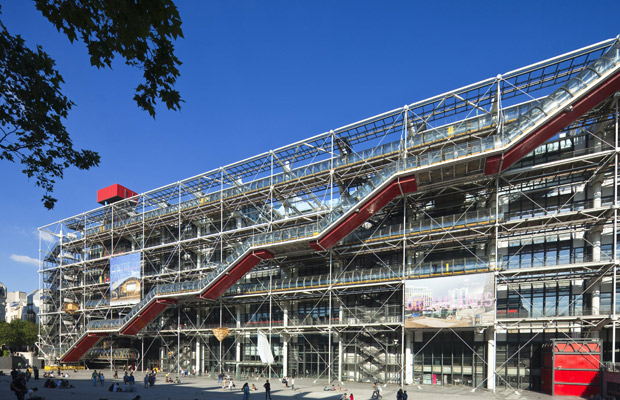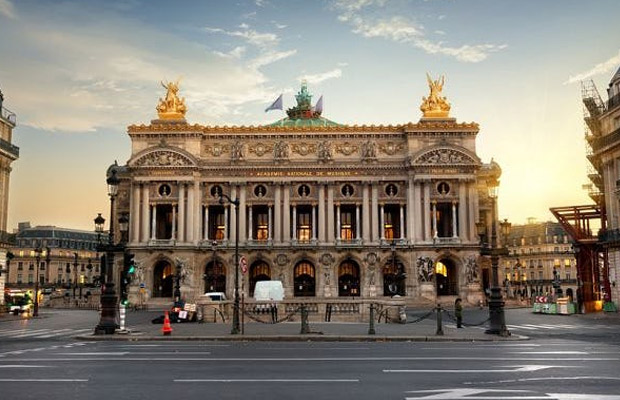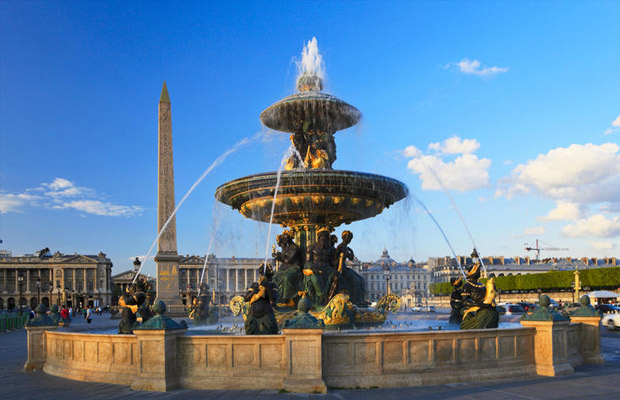Cathédrale Notre-Dame de Paris
Cathédrale Notre-Dame de Paris
France
Paris
Paris Travel Guide
Book Tour & Activities
Your tour in Paris.
Book your stay
Your hotel in Paris.
Overview
Notre-Dame de Paris, referred to simply as Notre-Dame, is a medieval Catholic cathedral on the Île de la Cité in the 4th arrondissement of Paris. The cathedral was consecrated to the Virgin Mary and considered to be one of the finest examples of French Gothic architecture.
Its pioneering use of the rib vault and flying buttress, its enormous and colourful rose windows, as well as the naturalism and abundance of its sculptural decoration set it apart from the earlier Romanesque style. Major components that make Notre Dame stand out include its large historic organ and its immense church bells. The cathedral's construction began in 1160 under Bishop Maurice de Sully and was largely complete by 1260, though it was modified frequently in the following centuries. In the 1790s, Notre-Dame suffered desecration during the French Revolution; much of its religious imagery was damaged or destroyed. In the 19th century, the cathedral was the site of the coronation of Napoleon I and the funerals of many Presidents of the French Republic. Popular interest in the cathedral blossomed soon after the 1831 publication of Victor Hugo's novel Notre-Dame de Paris.
Address: 6 Parvis Notre-Dame - Pl. Jean-Paul II, 75004 Paris, France
Construction started: 1163
Architectural style: French Gothic architecture
Architects: Pierre de Montreuil, Jean-Baptiste-Antoine Lassus
Video Travel Inspiration
See Cathédrale Notre-Dame de Paris on Map
Most Popular Cities

Siem Reap
Cambodia
Ho Chi Minh City
Vietnam
Beijing
China
Paris
France
London
United Kingdom
New York
USA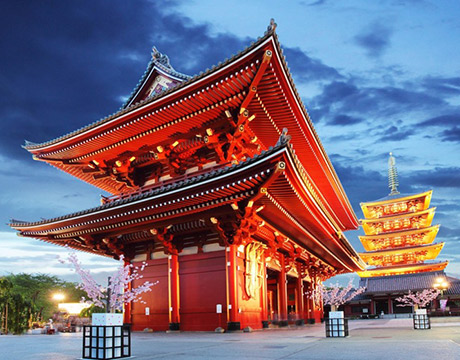
Tokyo
Japan
Bangkok
Thailand
Seoul
South Korea
Vientiane
Laos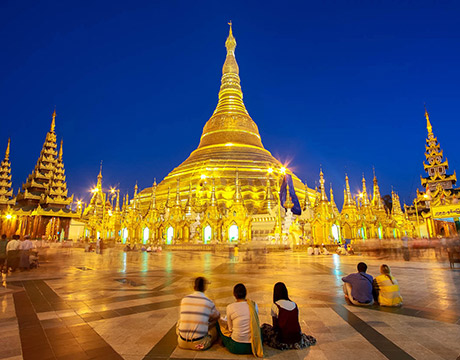
Yangon
Myanmar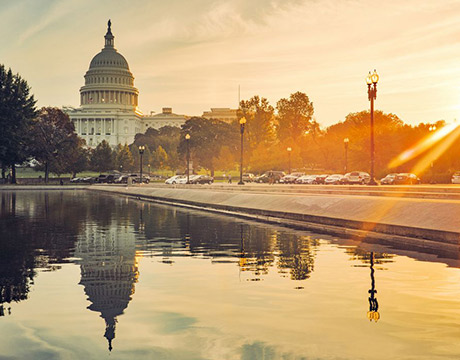
Washington DC
USA
Los Angeles
USA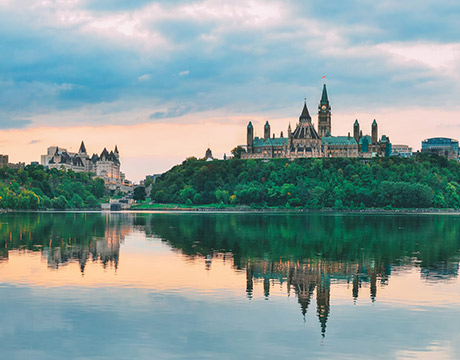
Ottawa
Canada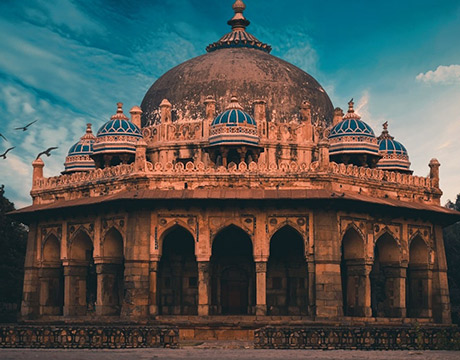
New Delhi
India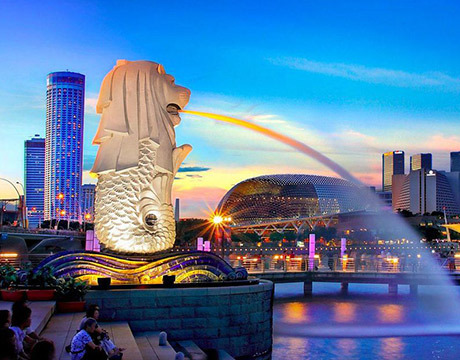
Singapore
Singapore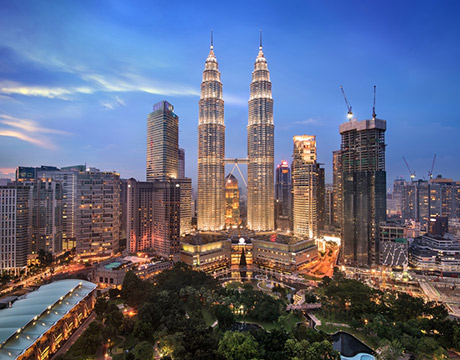
Kuala Lumpur
Malaysia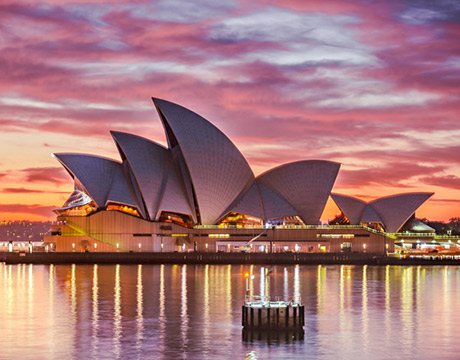
 English
English French
French Khmer
Khmer Thai
Thai Vietnamese
Vietnamese Chinese
Chinese Korean
Korean German
German Japanese
Japanese Italian
Italian Russian
Russian Spanish
Spanish Dutch
Dutch Indonesian
Indonesian Malay
Malay



